In every ocean, at every depth – microfibers and microplastics
Micro FTIR analysis of smallest particles from deep sea to polar ice
On all continents, scientists find polymeric microparticles in living organisms, the same in marine animals such as polar cod (Boreogadus saida) or deep-sea crustacea (Lysianassoidea amphipods) , which are an important part in the food chain of fish, penguins, seabirds or seals. Two working groups (Newcastle University, UK and Wageningen Marine Research, Netherlands) investigated the stomach contents of the respective animal species and isolated microparticles of around 100 µm in size.
Polar cod from the North Pole
The Arctic Ocean is often imagined as being undisturbed and untouched nature. However, the Arctic is not a closed system but is influenced by man, for example through climate change or environmental pollution. In recent years, an additional sea gyre has been described near the Svalbard archipelago (Norway) in the Arctic Ocean, which collects marine plastic waste from southern, more urbanized areas. Plastic residues were also found in the sea ice itself. When the ice melts, the plastic particles trapped in the ice can be released and are available to organisms that live and feed under it.
One of these organisms is the polar cod, a species of fish that spends its first years under sea ice. It feeds on small crustaceans and is an important prey for larger animals such as sea birds and marine mammals. Polar cod is therefore considered a key species of the Arctic ecosystem. For this study, the fish were caught directly under the sea ice of the Eurasian basin and in open water around Spitsbergen [1].
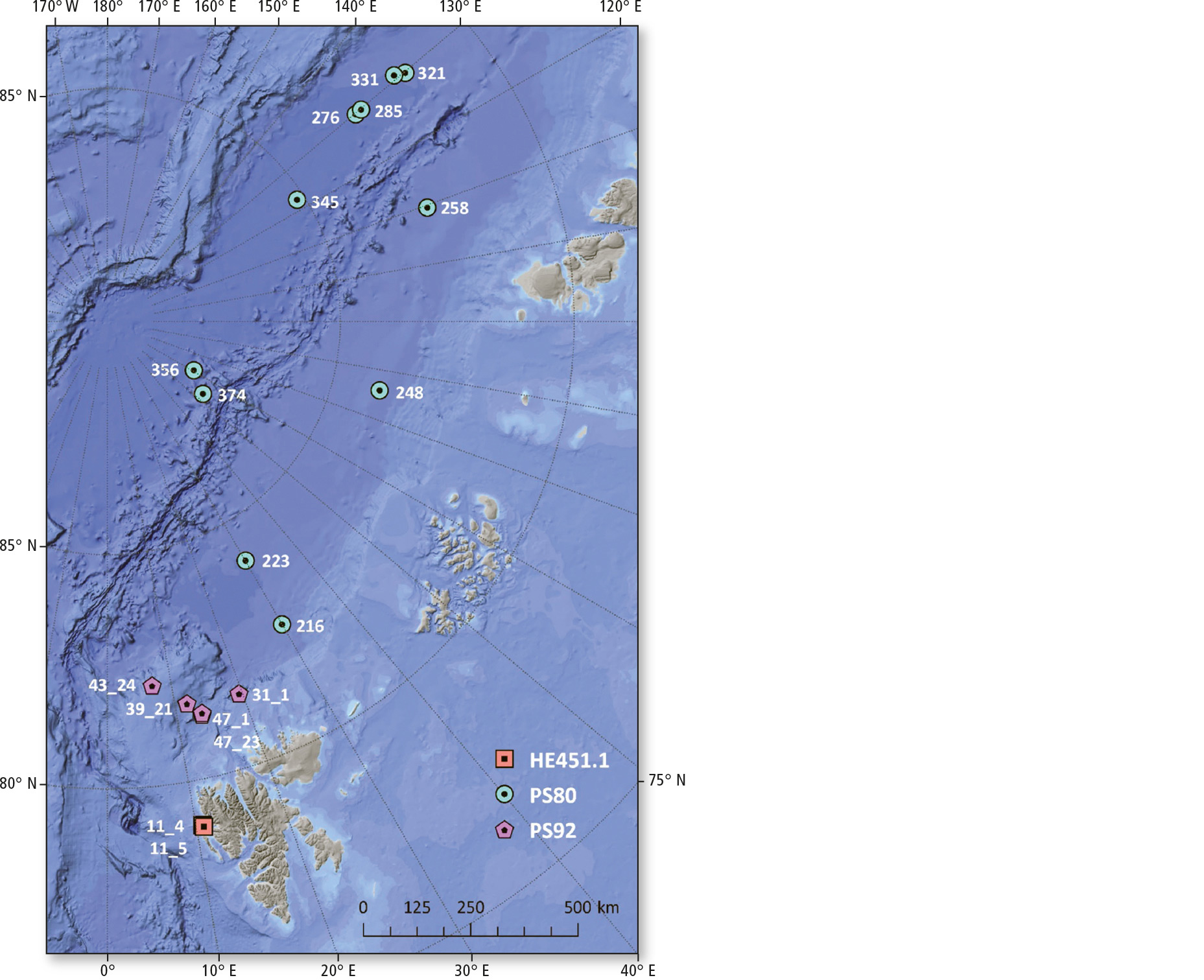 Figure 1: Locations of polar cod samples
Figure 1: Locations of polar cod samples
Deep sea shrimps
The University of Newcastle used submersible probes to collect mobile marine organisms in the extreme depths of the sea. Samples were taken at a depth of 11,000 m in the Mariana Trench, a deep-sea channel in the western Pacific just east of the Micronesian Islands, and in other trenches in the Pacific with depths up to 7,000 m. Most organisms were Lysianassoidea amphipods, creatures adapted to the conditions of the deep sea. It has been found that these deep-sea organisms are even capable of developing enzymes that digest wood fibers [2].
Sample preparation
The biggest problem in microparticle analysis is contamination of the samples by electrostatically charged particles flying at the sample or particles carried by humans (scales and fibres). Some plastic particles, so-called microfibers, for example from clothing, are not only absorbed by animals but also so light that they can float in the air. It is impossible to distinguish between fibers that get into the sample via intake by the animals themselves or via air pollution [1].
Purification of microparticles is another difficult issue. Should the samples be treated chemically to remove all protein-like residues or should they simply be washed with water? Using chemical cleaning may lead to loss of information about adhering chemicals; cleaning with water preserves this information, but the cleaning itself may be less thorough. The microparticles from amphipods were treated with a KOH (potassium hydroxide) solution that dissolves all organic adhesions without attacking the plastic itself. Particles from polar cod were cleaned with water.
Analysis using infrared microspectroscopy
The definition of a microparticle varies from publication to publication. Particles in the µm range are the reason for developing a measuring technique that works well with the appearance of the samples. Infrared spectroscopy is the method of choice.
The IRTracer-100 FTIR instrument, the AIM-9000 infrared microscope and the DC3 diamond cell from Specac were used to examine the microparticles. Depending on their appearance, single point measurements or surface analyses (mapping) were carried out. The diamond cell presses small, uneven particles flat, up to the point where they become transparent. This way, particles can be analyzed using the transmitted light method. The infrared spectra measured were identified with spectral libraries from different sources (Shimadzu, Sadtler, STJapan-Europe and others).
Study of plastic intake
To investigate the potential correlation between plastic in sea ice and the ingestion of plastic by fish, plastic was sought in 72 polar cod stomachs. Of the 72 fish, two individuals (2.8 % of the collected sample) containing small plastic particles were found. This result is comparable to intake rates for fish from Norwegian and Canadian waters. The blue particle of 200 µm shown in figure 2 was analyzed using infrared microscopy. The result of the transmitted light measurement showed that the particle consists of a combination of inorganic (kaolin) and polymer-based material (PMMA) (figure 5).
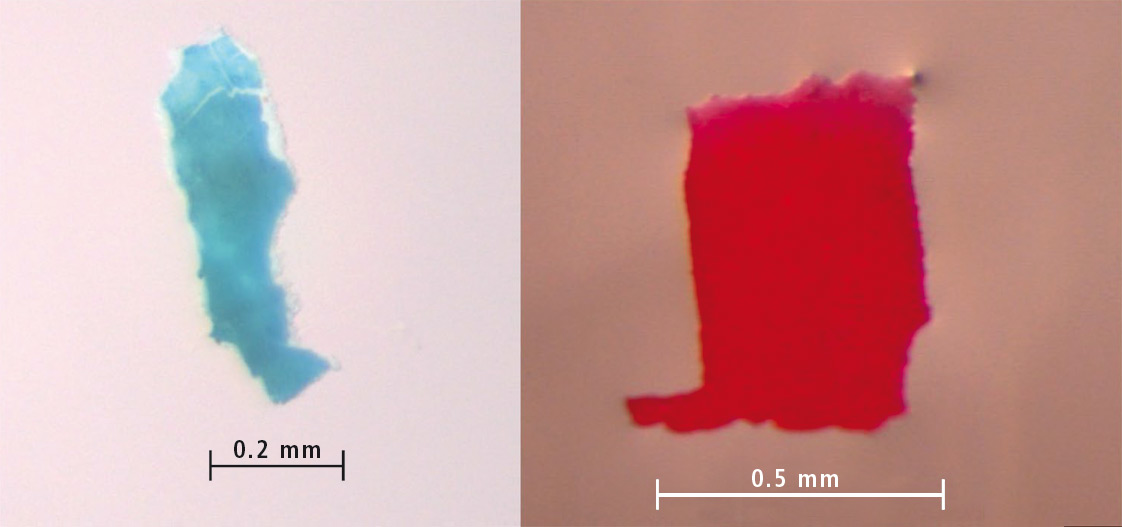 Figure 2: Two of the particles found in polar cod stomachs loaded with plastic
Figure 2: Two of the particles found in polar cod stomachs loaded with plastic
The infrared spectrum (transmission) of the red particle in figure 2 is the result of a mixture of epoxy resin and acrylic based adhesive [1].
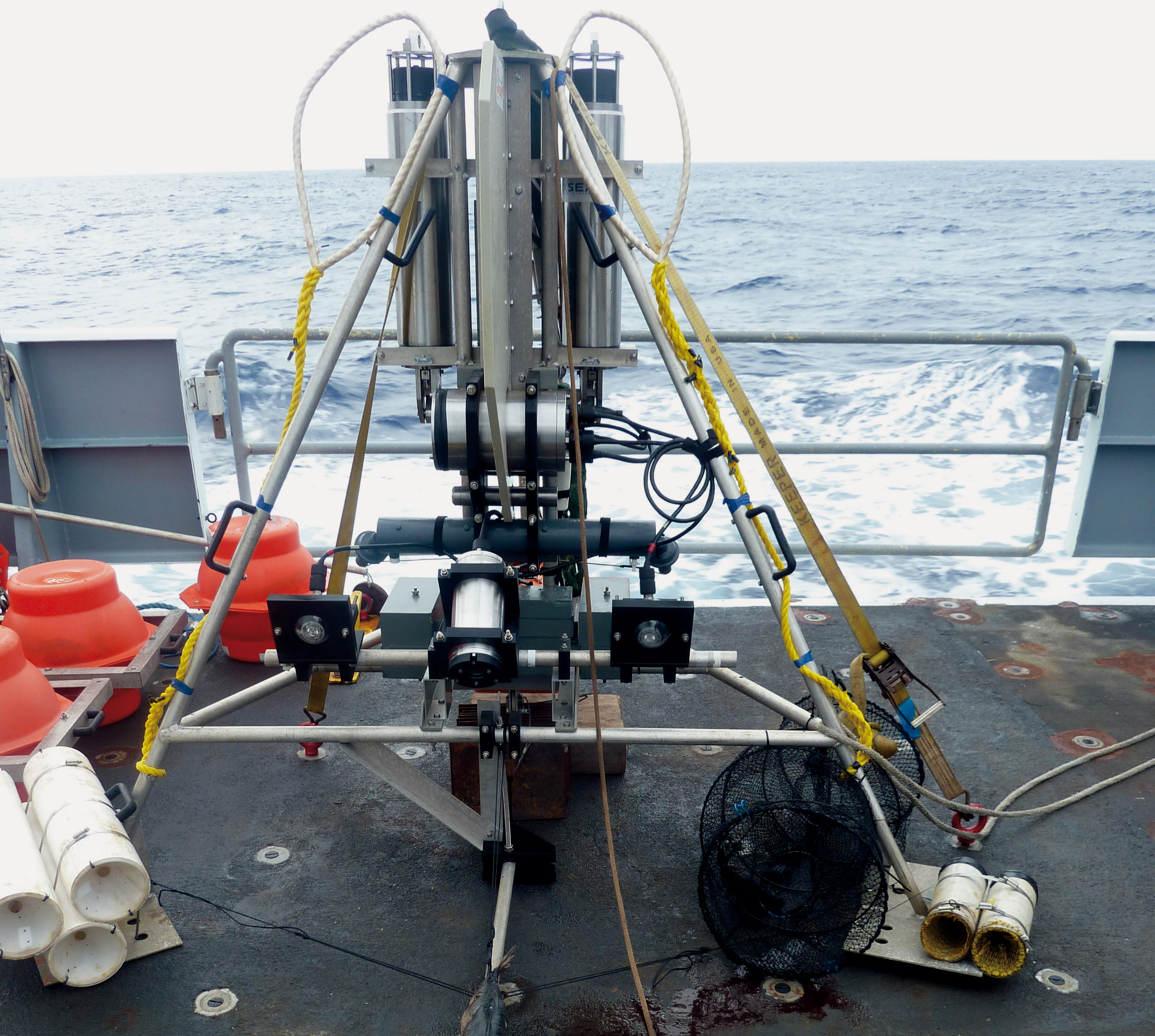 Figure 3: Submersible probes used in the deep sea
Figure 3: Submersible probes used in the deep sea
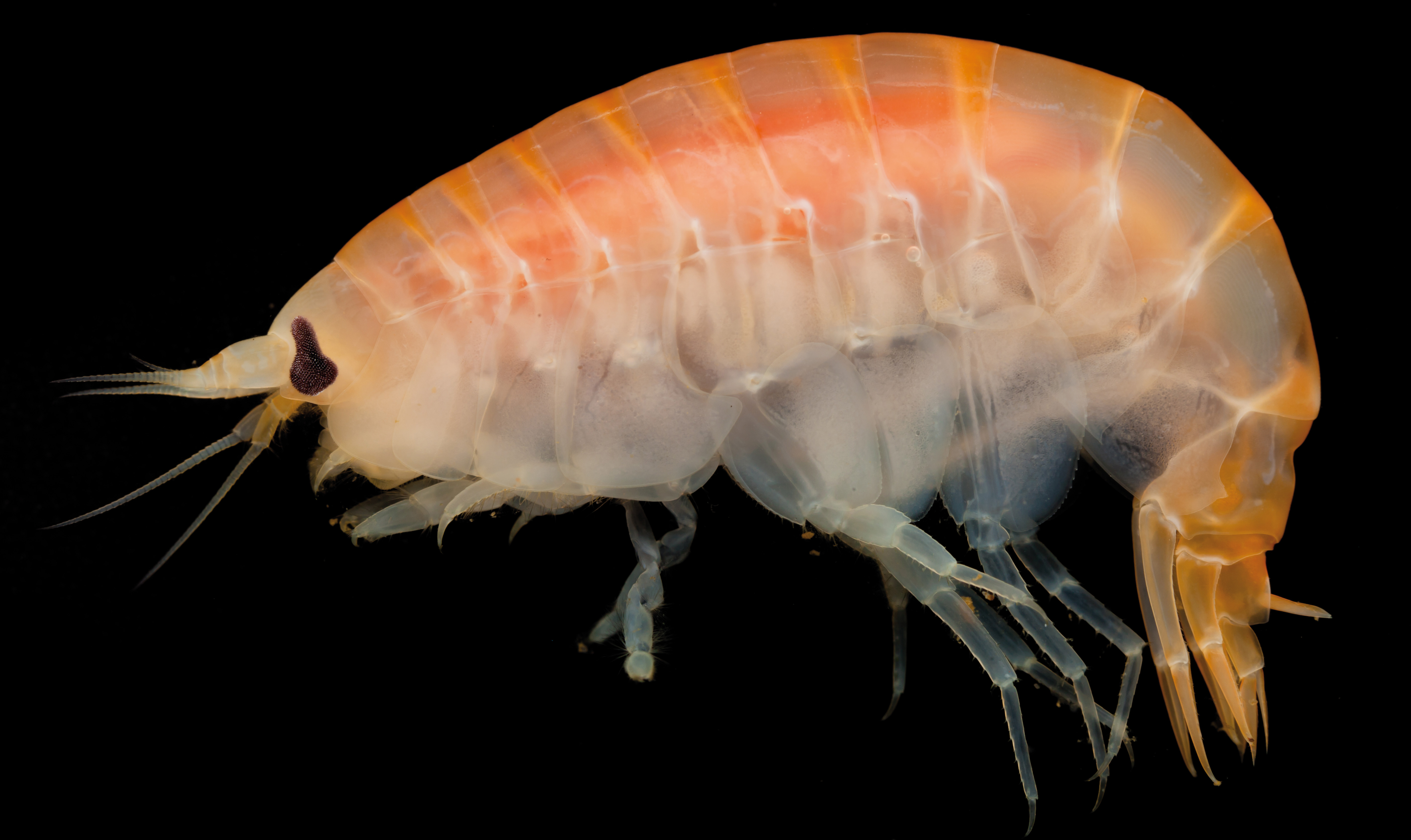 Figure 4: Hirondellea gigas as example for the family amphipode
Figure 4: Hirondellea gigas as example for the family amphipode
Figure 5 shows an example of the analysis of the blue particle. The main components PMMA (polymethyl methacrylate) and kaolin of the particle were identified using the library function. The figure 5 shows the kaolin in the middle of the transmission spectrum of the microparticle and below the spectrum of PMMA.
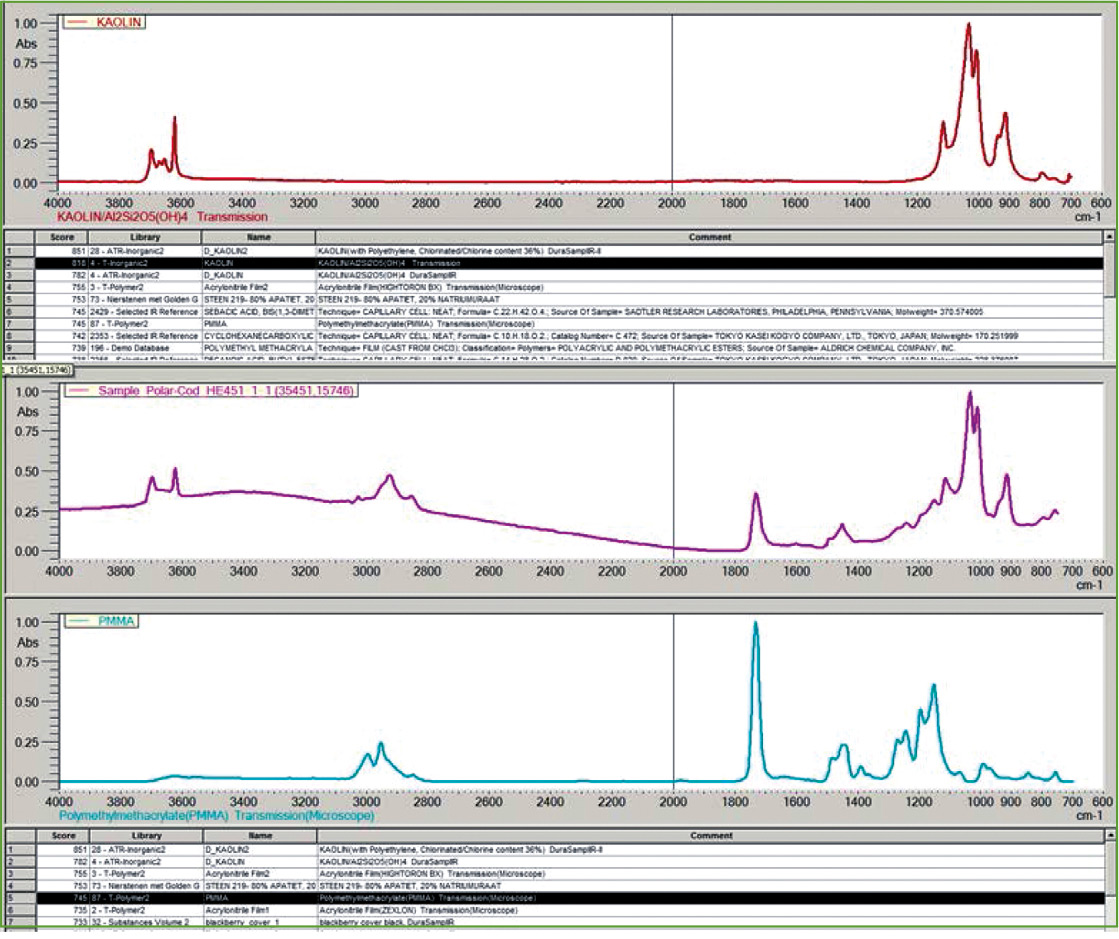 Figure 5: Analysis of the samples found in the polar cod
Figure 5: Analysis of the samples found in the polar cod
The stomach of a deep-sea shrimp contained a particle composed of “polyethylene” partially surrounded by a mixture of organic and inorganic matter (figure 6). As a polymer, polyethylene is naturally very light with a density below 1 (table 1) and it actually floats in upper water layers. This particle has presumably reached the deep sea layers by the agglomeration of small aquatic animals and their skeletons or other external influences.
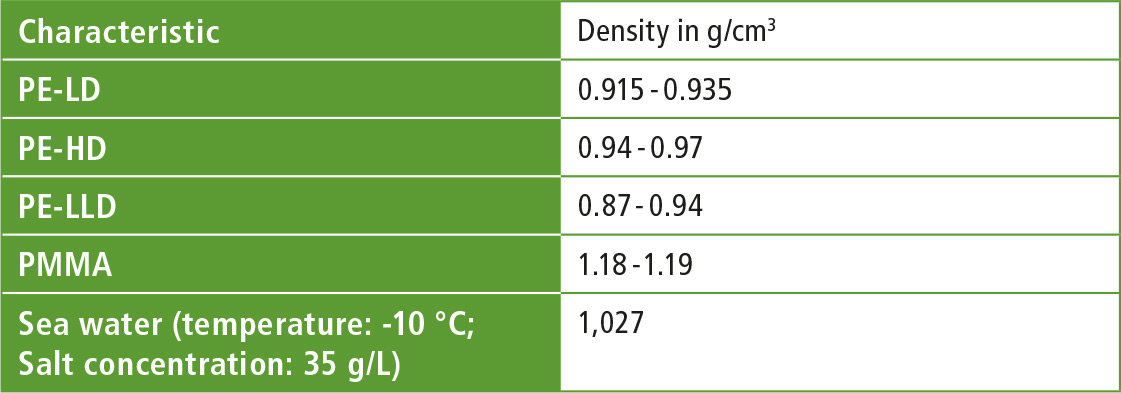 Table 1: Density of sea water, polyethylenes (PE) and polymethylmethacryle (PMMA) [Wikipedia]
Table 1: Density of sea water, polyethylenes (PE) and polymethylmethacryle (PMMA) [Wikipedia]
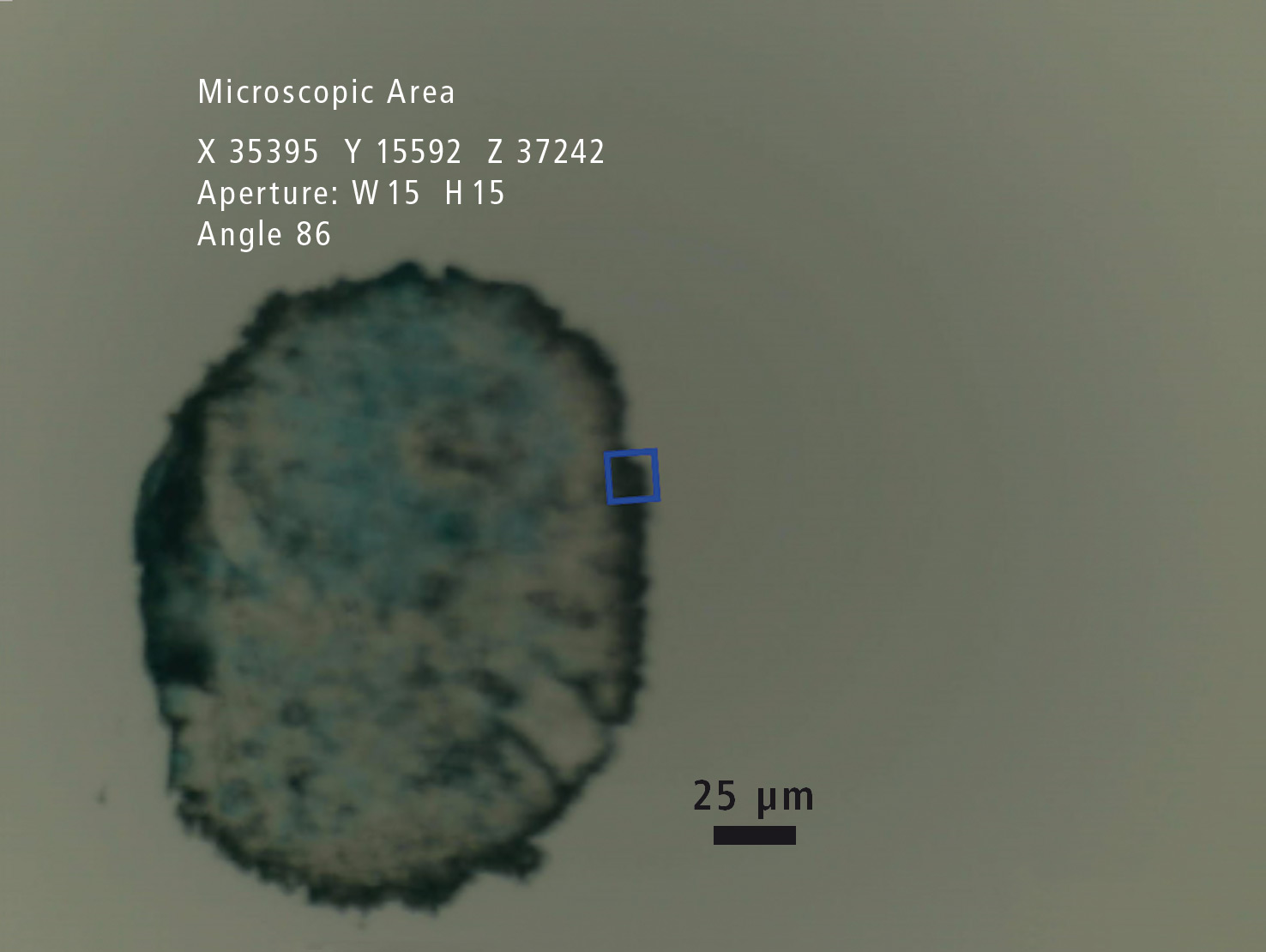 Figure 6: Image of the particle with the CCD camera of the AIM-9000 infrared microscope
Figure 6: Image of the particle with the CCD camera of the AIM-9000 infrared microscope
In the upper right section of the particle (figure 6) the measuring spot of 15 x 15 µm can be seen. It is a transmission image of a particle of 100 µm which was widened by smoothing using the diamond cell.
The figure clearly shows that the particle has a corona. Measurement determined that it was a ring of CaCO3 (calcium carbonate) (figure 7). Due to the clear representation, the particle was scanned by way of screening and mapping (figure 8). In the mapping view, set to the carbonylic band of CaCO3, this ring can be displayed very clearly.
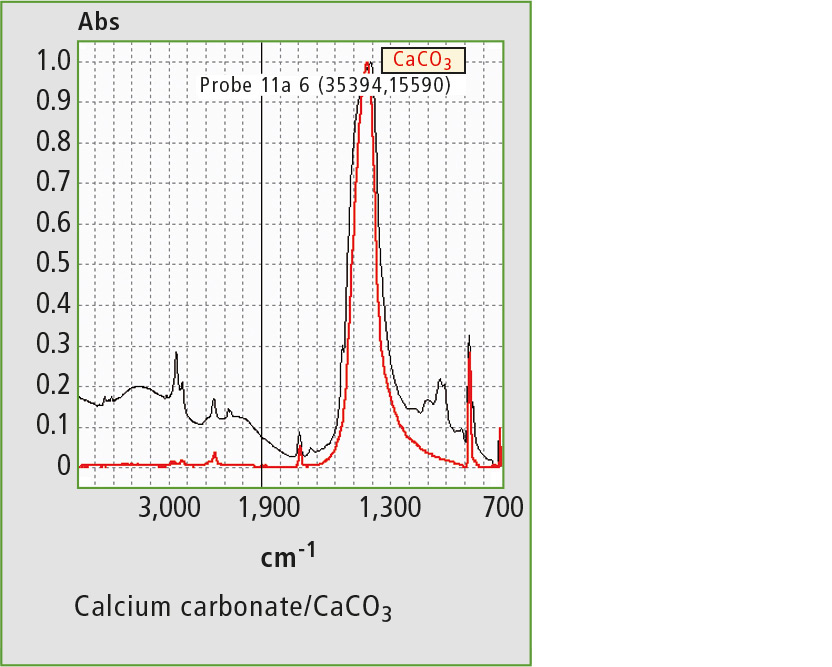 Figure 7: Spectra of the amphipods samples
Figure 7: Spectra of the amphipods samples
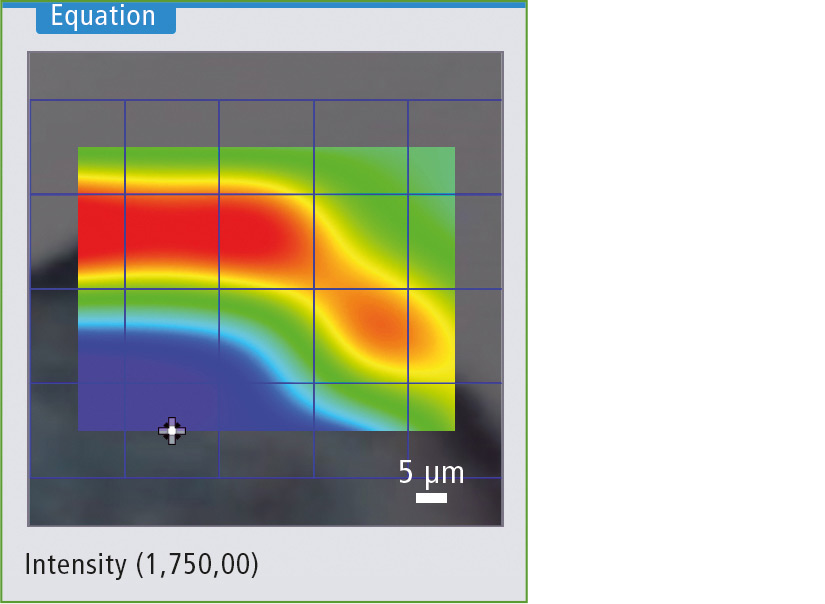 Figure 8: FTIR-Mapping of the amphipod sample
Figure 8: FTIR-Mapping of the amphipod sample
 Figure 8a: Color-scale of the FTIR Mapping
Figure 8a: Color-scale of the FTIR Mapping
Conclusion – Plastics as additional stress factor
The results show that the effects of plastic pollution have reached the Arctic Ocean and the deep sea and that fish and amphipods encounter plastic particles. The consequences of the intake of plastic particles remain unclear.
In combination with other factors such as climate change, increased shipping and the expansion of fisheries, plastic pollution can be an additional stress factor for the sensitive Arctic ecosystem [1].
Once plastic reaches the bottom of the deep sea, it is expected to remain there. The result is an accumulation of plastic on the seabed – an alarming conclusion. Isolating fibers from the stomach of an animal living at 11 km depth already shows the extension of the microplastic problem [3].
Many thanks to:
Dr. Alan Jamieson Newcastle University, UK and Dr. Robert Keighley, Shimadzu UK for the results of the antipode analyses
Susanne Kühn, et al. for the results of the polar cod analyses
Authors
Susanne Kühn, Wageningen Marine Research, The Netherlands
Alan Jamieson, Newcastle University, Great Britain
Robert Keighley, SUK, Great Britain
Marion Egelkraut-Holtus, Shimadzu Europa GmbH, Germany
Literature
[1] Plastic ingestion by juvenile polar cod (Boreogadus saida) in the Arctic Ocean, Susanne Kühn, Fokje L. Schaafsma, Bernike van Werven, Hauke Flores, Melanie Bergmann, Marion Egelkraut-Holtus, Mine B. Tekman, Jan A. van Franeker; Polar Biology, 2018. Plastic ingestion by juvenile polar cod (Boreogadus saida) in the Arctic Ocean
[2] National Geographic News August 30, 2012.
[3] Plastic pollution reaches ocean’s deepest parts